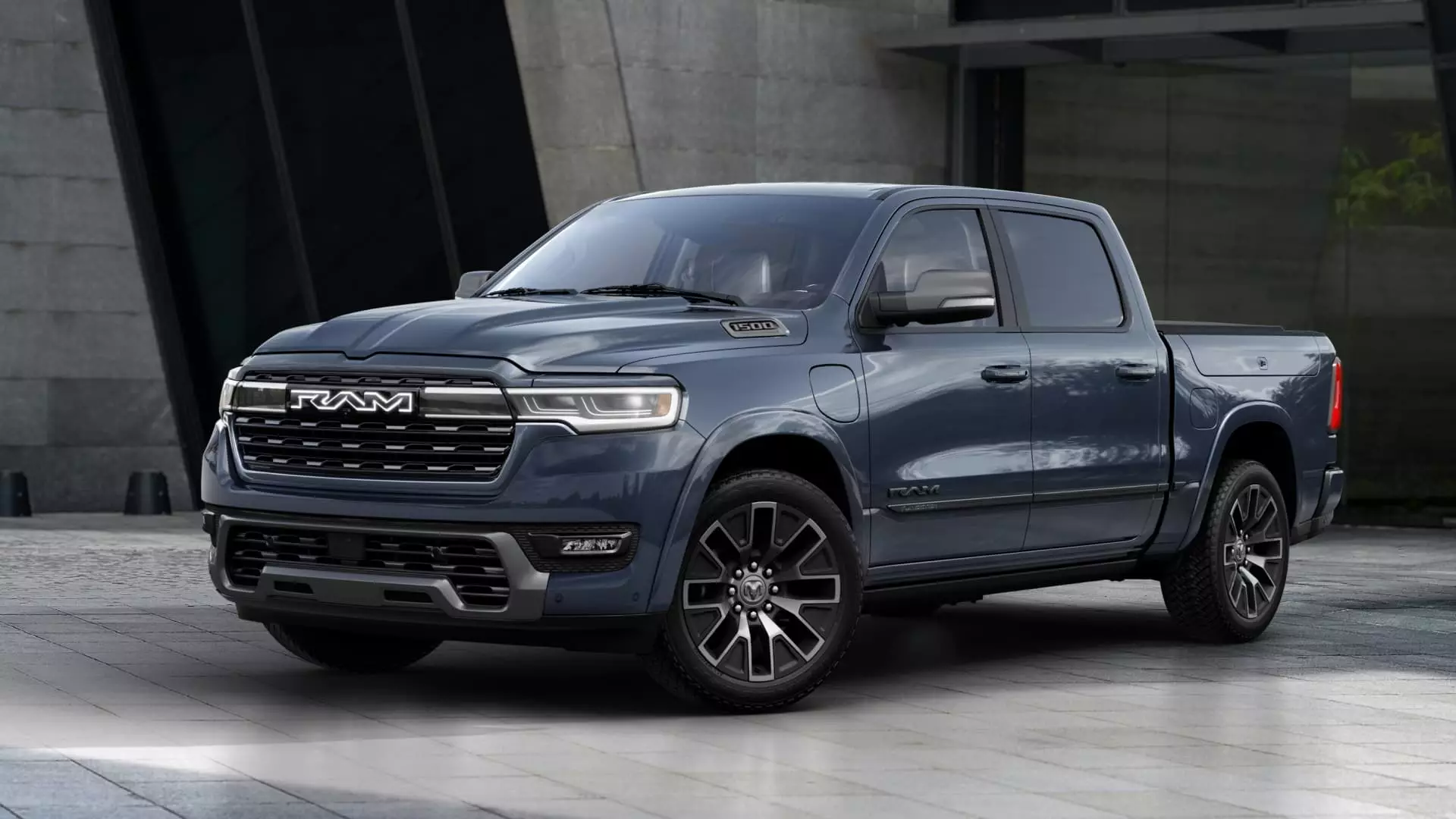In a notable development for the automotive industry, Stellantis has announced a further postponement of the fully electric Ram pickup, now slated for release in 2026 instead of the previously planned 2025. This decision reflects a broader trend within the electric vehicle (EV) market, where many manufacturers are grappling with slower-than-anticipated adoption rates for electric models. Ram’s competitors are also facing challenges, struggling to achieve profitability within the electric truck segment, compelling Stellantis to reassess its product rollout strategy.
The delay emphasizes Stellantis’ focus on introducing an electric range-extended version of the Ram, aptly named the Ramcharger, which is designed to combine traditional gasoline power with electric capabilities. According to Ram’s statements, prioritizing the Ramcharger comes from strong consumer demand alongside the need to adapt to the current market conditions, which show diminishing interest in fully electric half-ton pickups at this time.
The Ramcharger is touted as an “extended-range electric vehicle” (EREV), integrating a gasoline engine with electric features. This configuration allows the Ramcharger to function as a zero-emission vehicle until the battery is depleted. Following this, a 3.6-liter V6 engine powers an onboard generator to keep the vehicle moving. Stellantis estimates that the Ramcharger will offer a range of up to 690 miles, with approximately 145 miles available on electric power alone. This innovative approach aims to balance performance, range, and environmental considerations, marking a significant shift in how Stellantis envisions the future of its pickup truck offerings.
Leadership Changes and Market Challenges
These developments come on the heels of a management shake-up within Stellantis, notably the return of Ram CEO Tim Kuniskis. Following a brief retirement, Kuniskis is now at the forefront, promising transformative adjustments for the brand amid reported struggles. In fact, the Ram lineup has seen a significant 24% drop in sales through the third quarter of the year, presenting an urgent call to action for leadership.
Kuniskis has taken a proactive approach, attributing current challenges to the slower rollout of the redesigned Ram 1500 model and delayed launches of heavy-duty trucks. His assurances of improvement exhibit optimism, signaling that Ram will shift into a higher gear in the coming months, echoing that he is prepared to make bold moves to reclaim market share.
The Ramcharger’s impending release in the first half of 2025 may signal a strategically sound pivot for Stellantis, as the company looks to capitalize on consumer interest in vehicles that offer versatility amid the transition to electric power. As the automotive landscape evolves, manufacturers must remain attuned to market dynamics, ensuring they meet consumer demands while navigating profitability challenges.
Stellantis’ decision to delay the all-electric Ram pickup opens a dialogue about the future of transportation and the balance between innovation and practicality. The Ramcharger, with its unique hybrid approach, could mark a crucial step in keeping the Ram brand competitive in an increasingly electrified marketplace. As the industry grapples with these transitions, only time will reveal the effectiveness of such strategic decisions.

